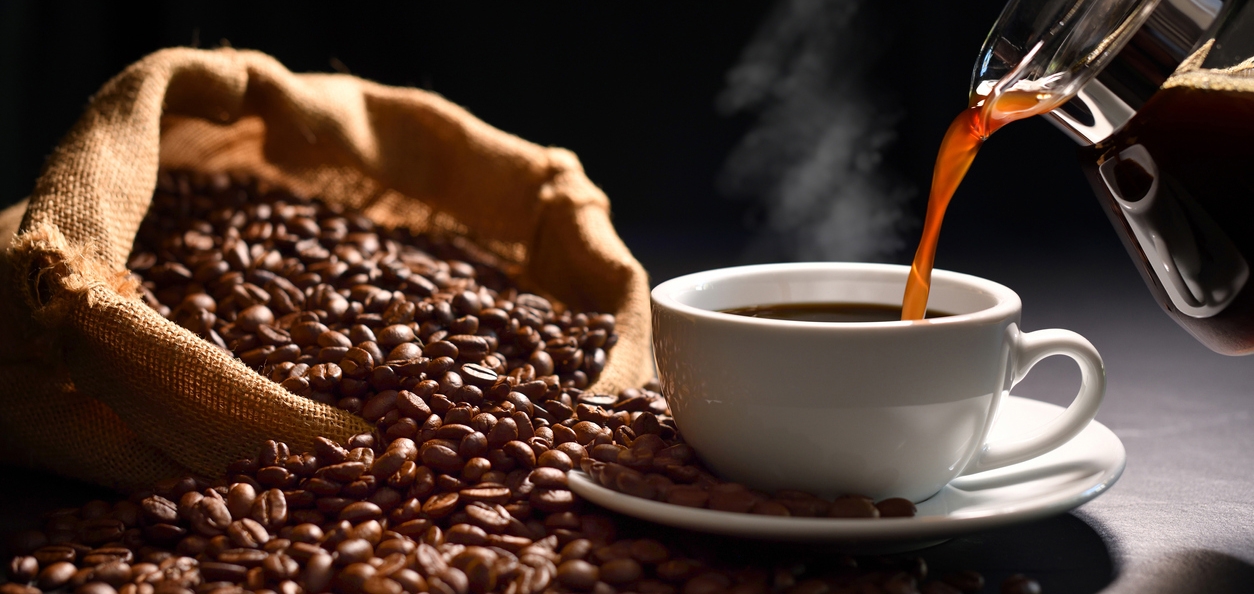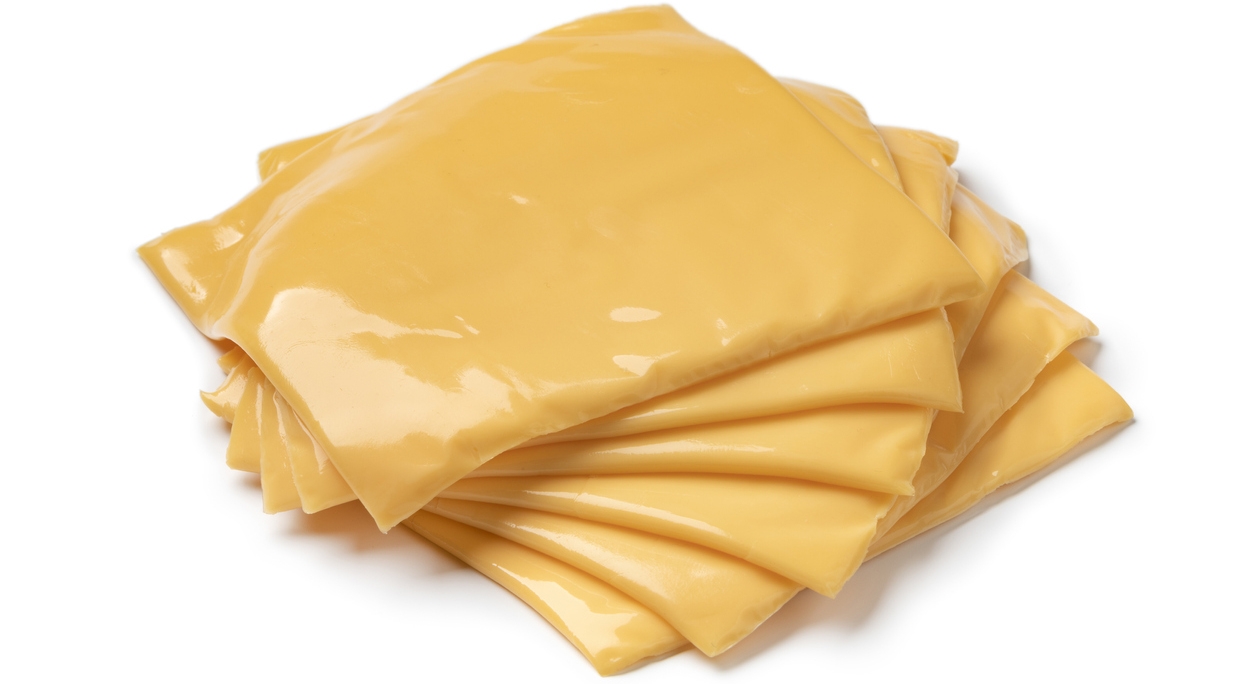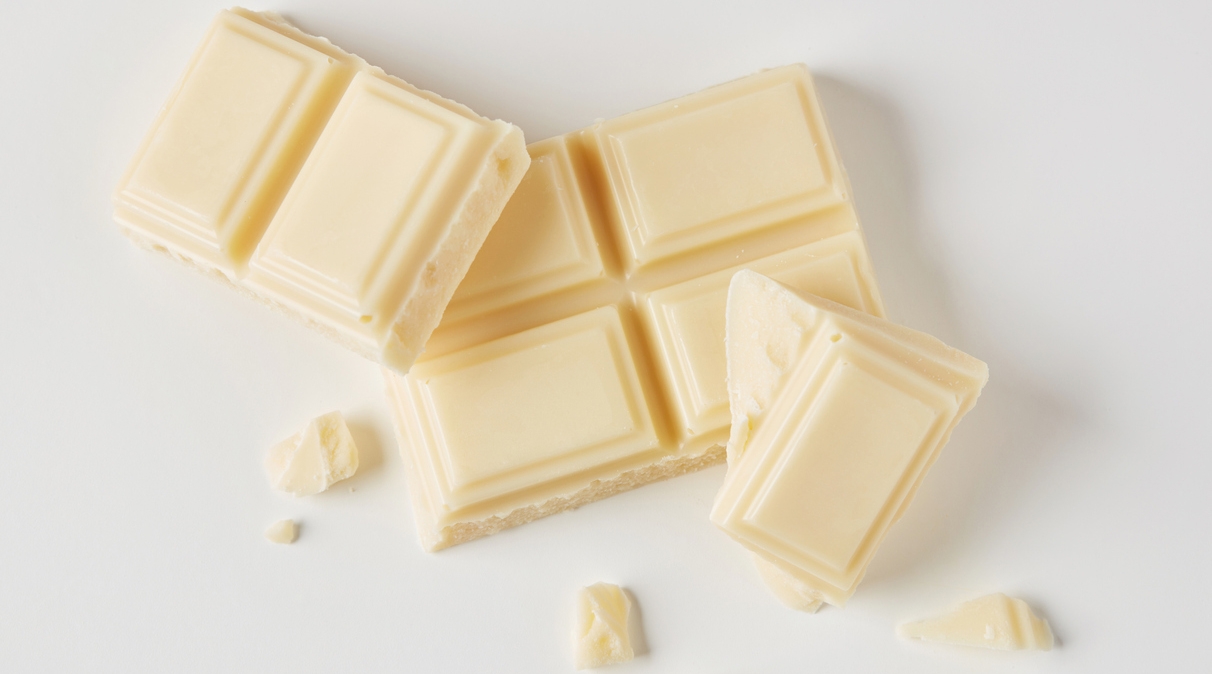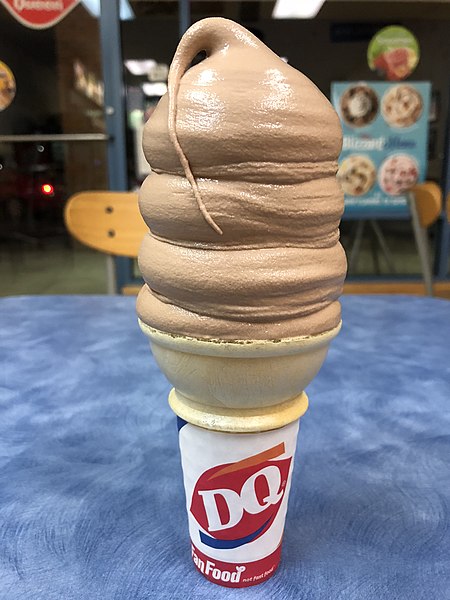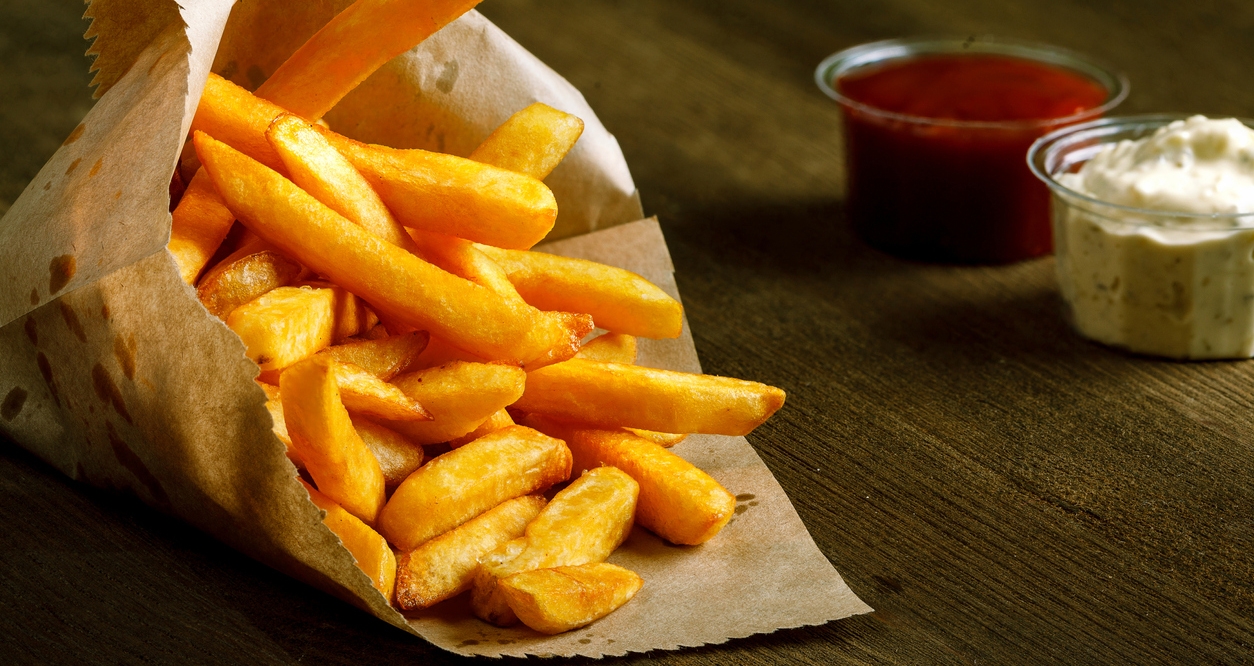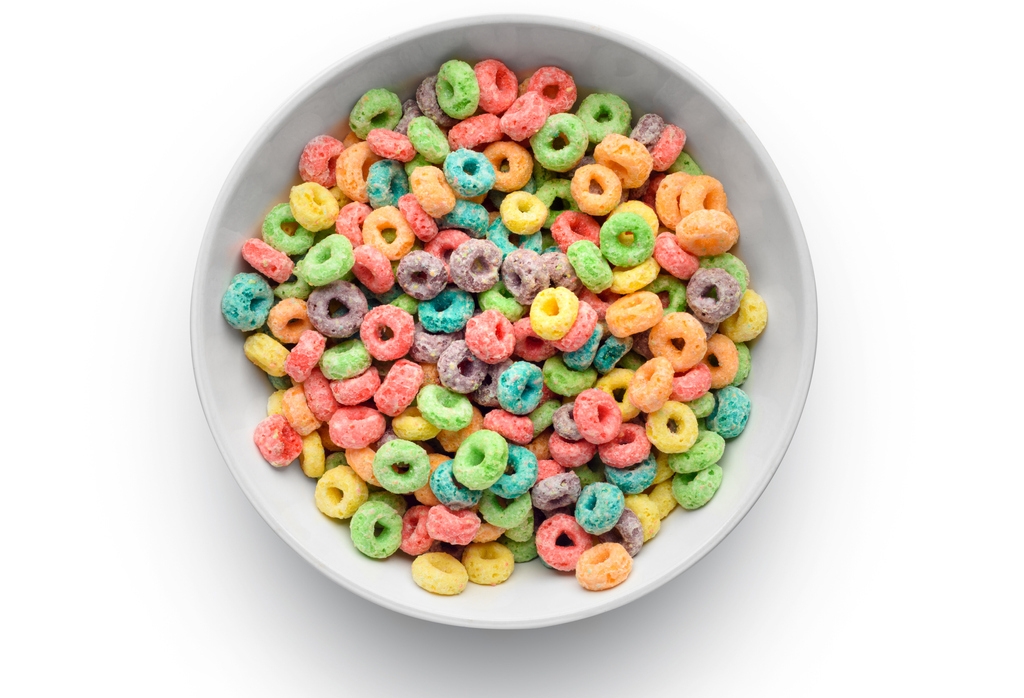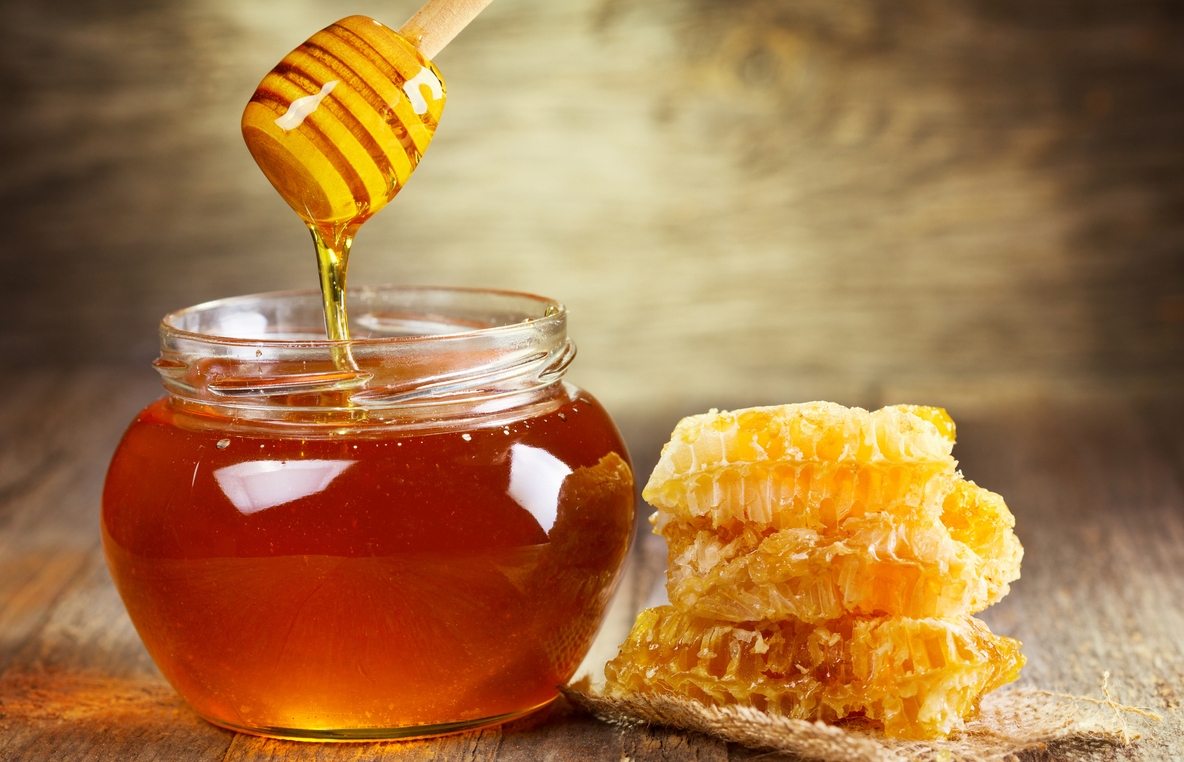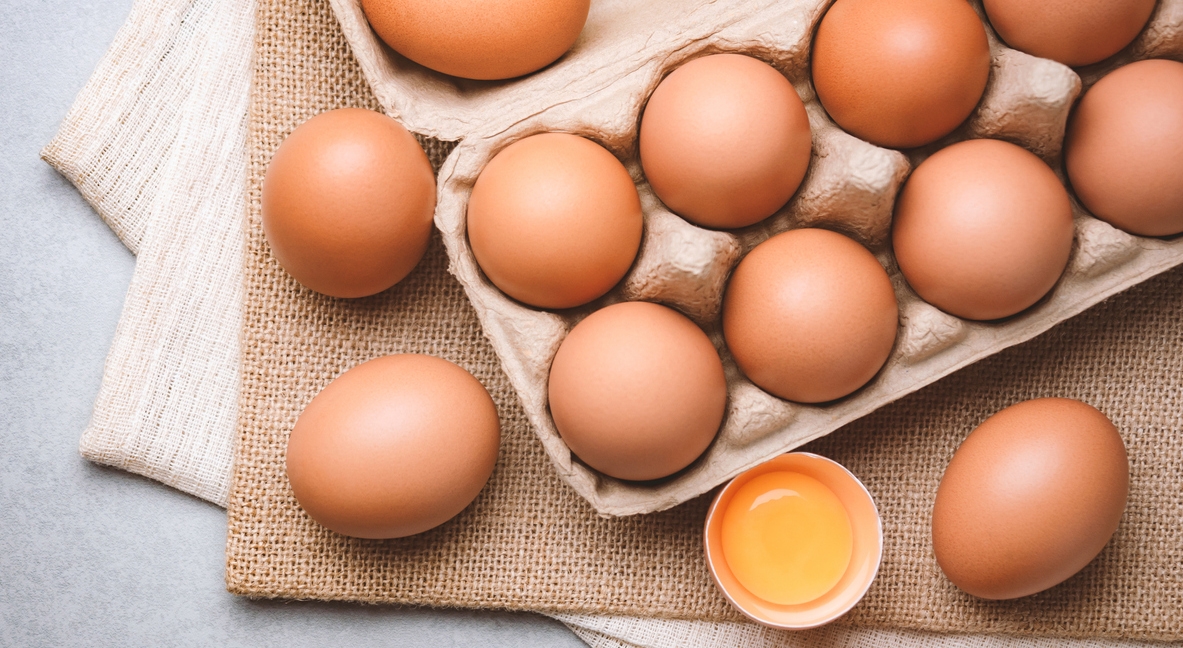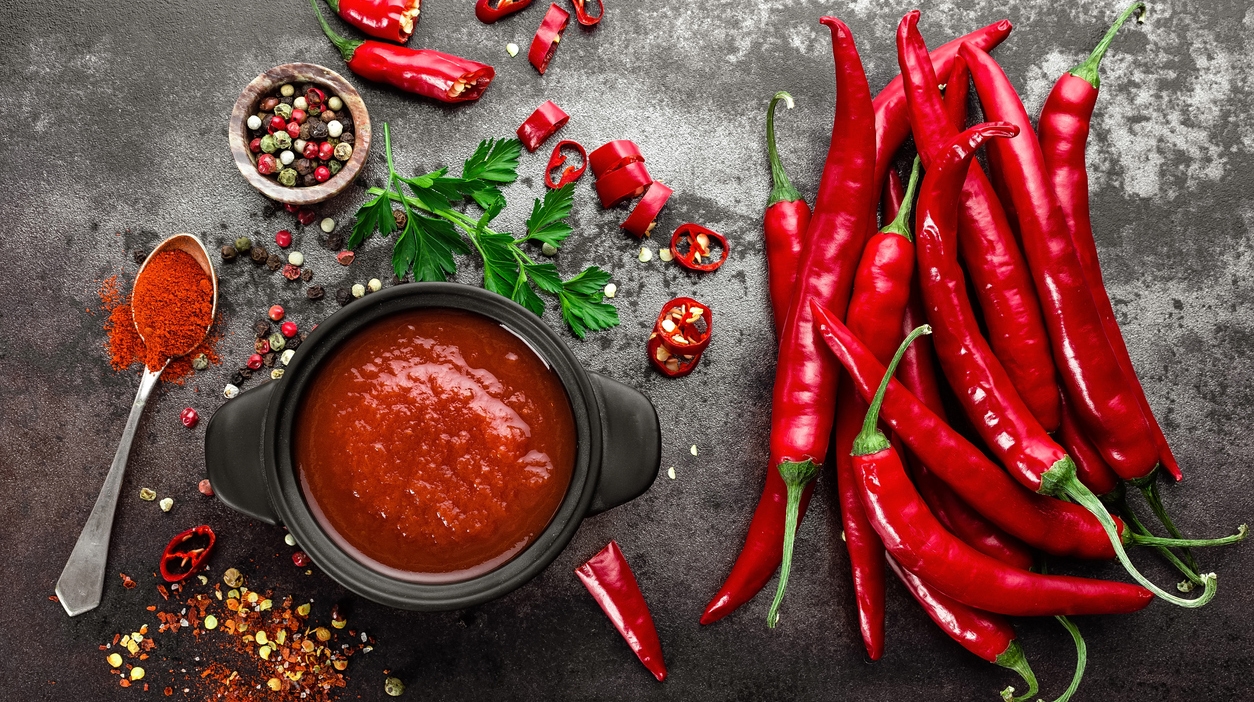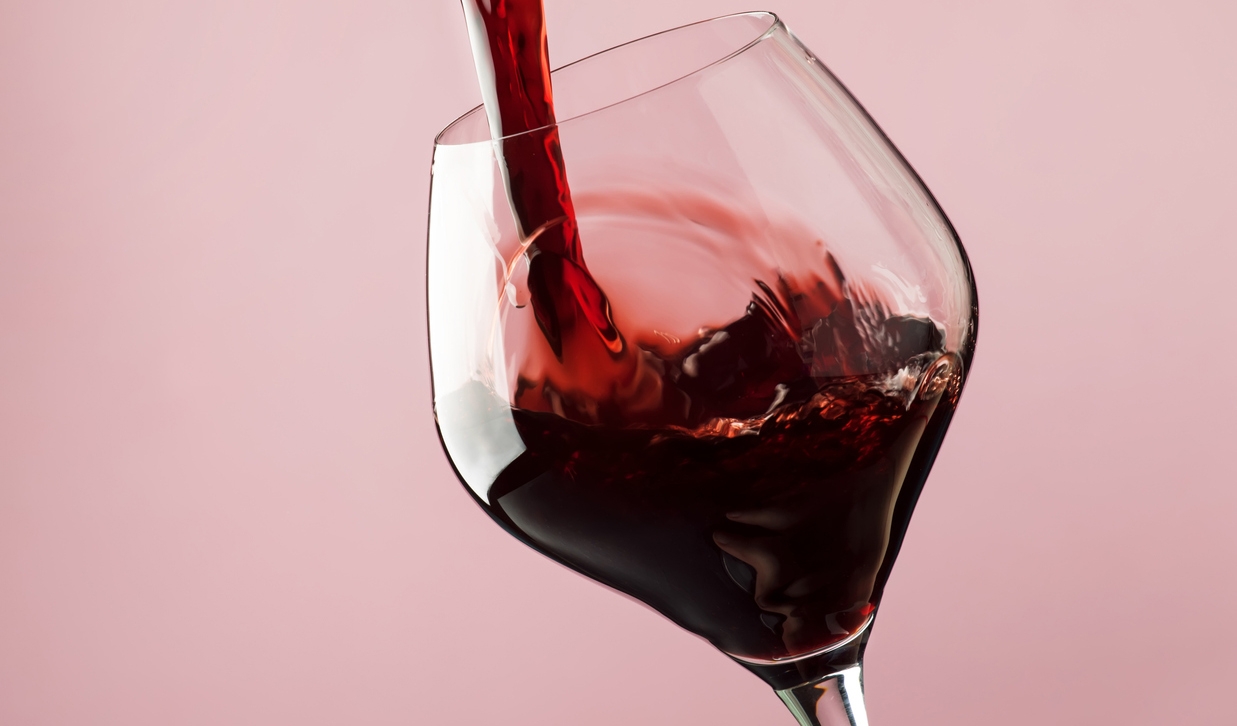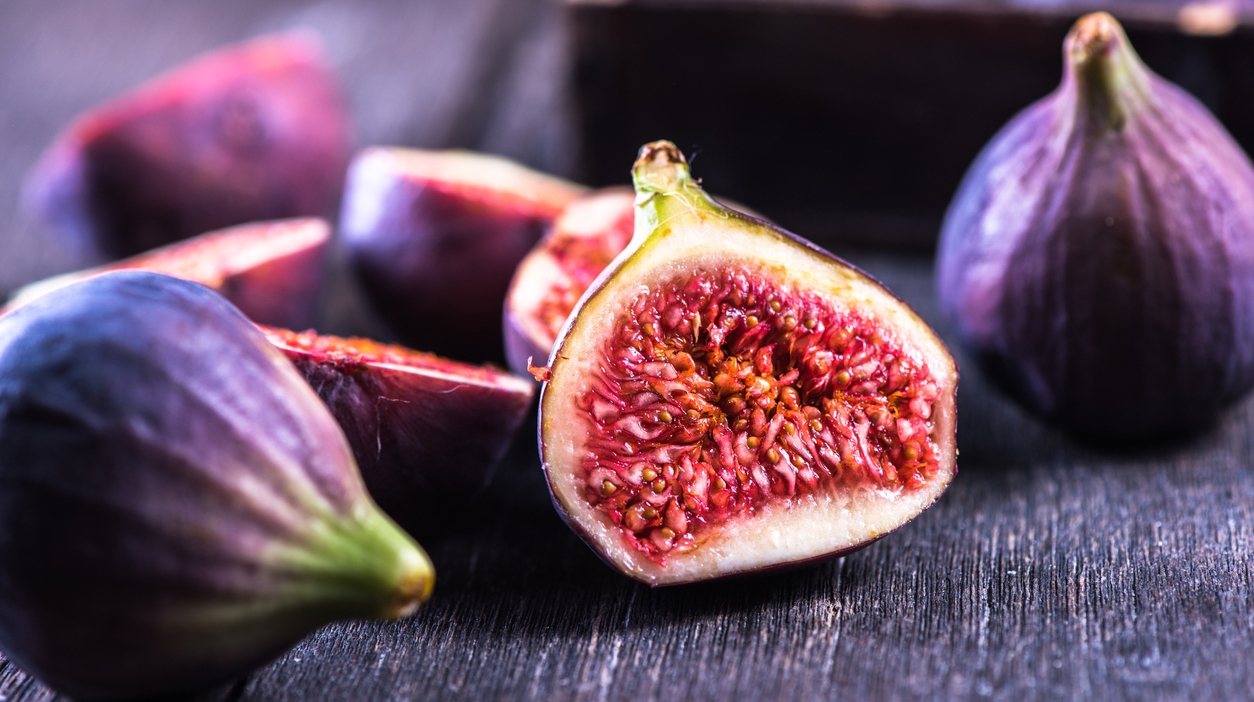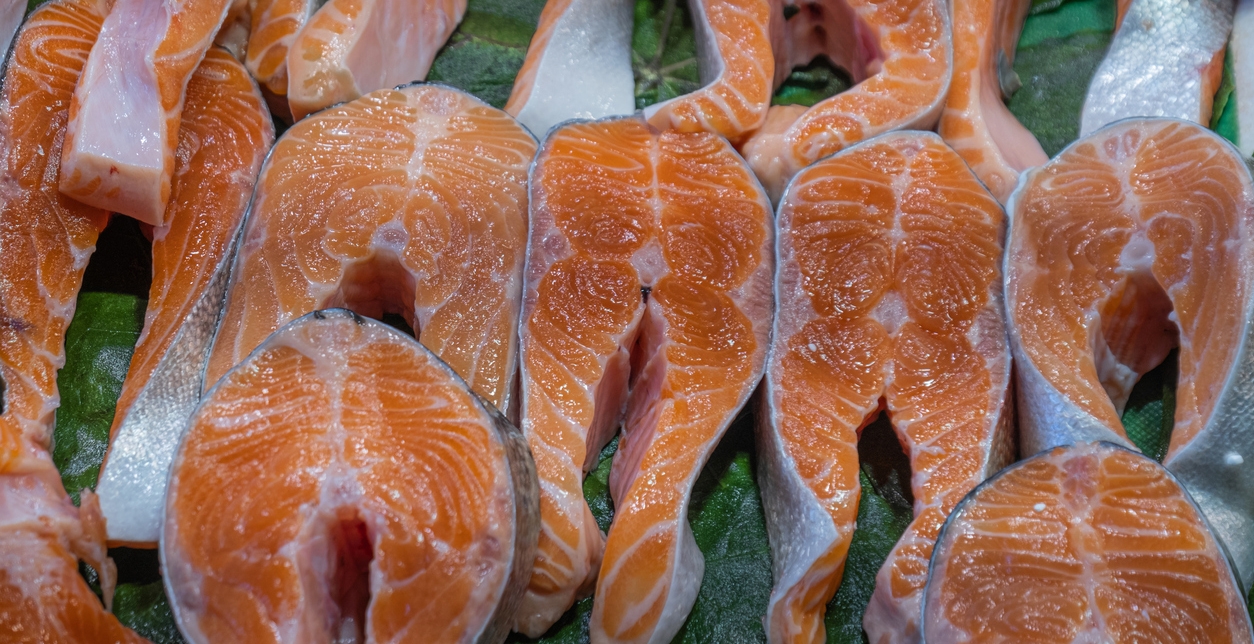Table of Contents
Background
A healthy and balanced diet is very important as it is connected to having strong immune systems, a lower risk of non-communicable ailments, and longevity. People who eat healthy foods and have adequate nutrition are more productive and can make opportunities to progressively break the cycles of hunger and poverty. At the present time, living a healthy lifestyle is one of the popular trends. Many people are sharing their knowledge about healthy foods and drinks, exercises, vitamins, and more.
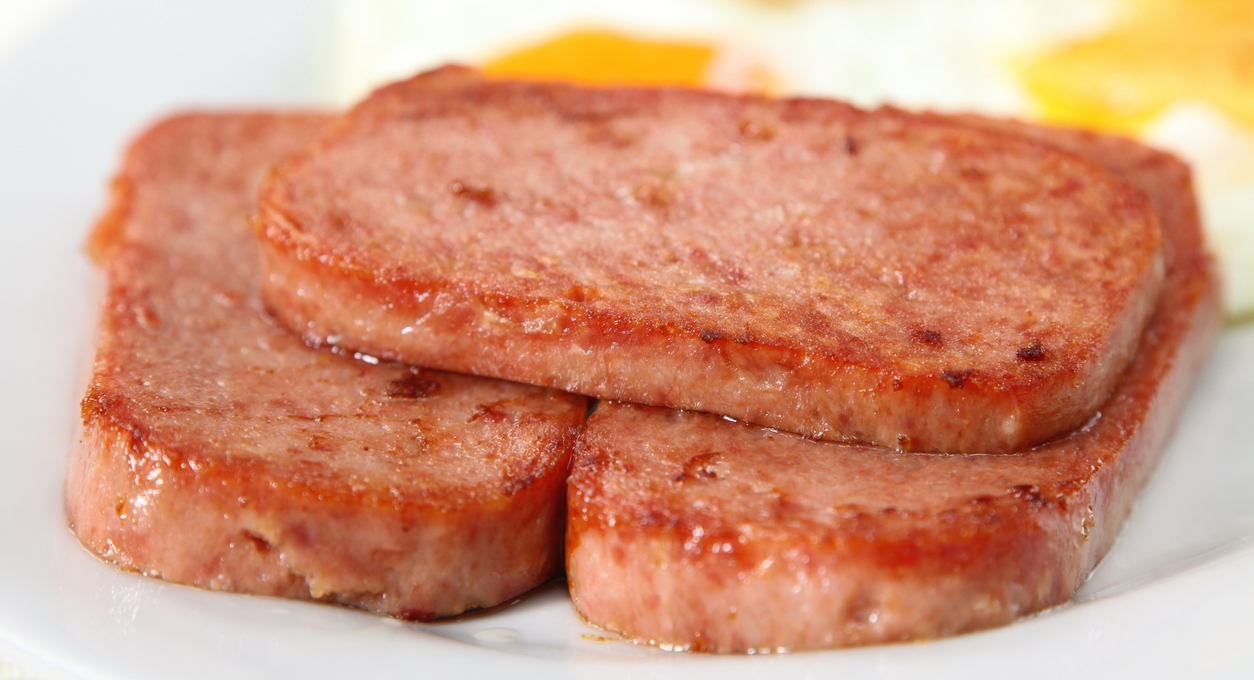
fried Spam on a plate
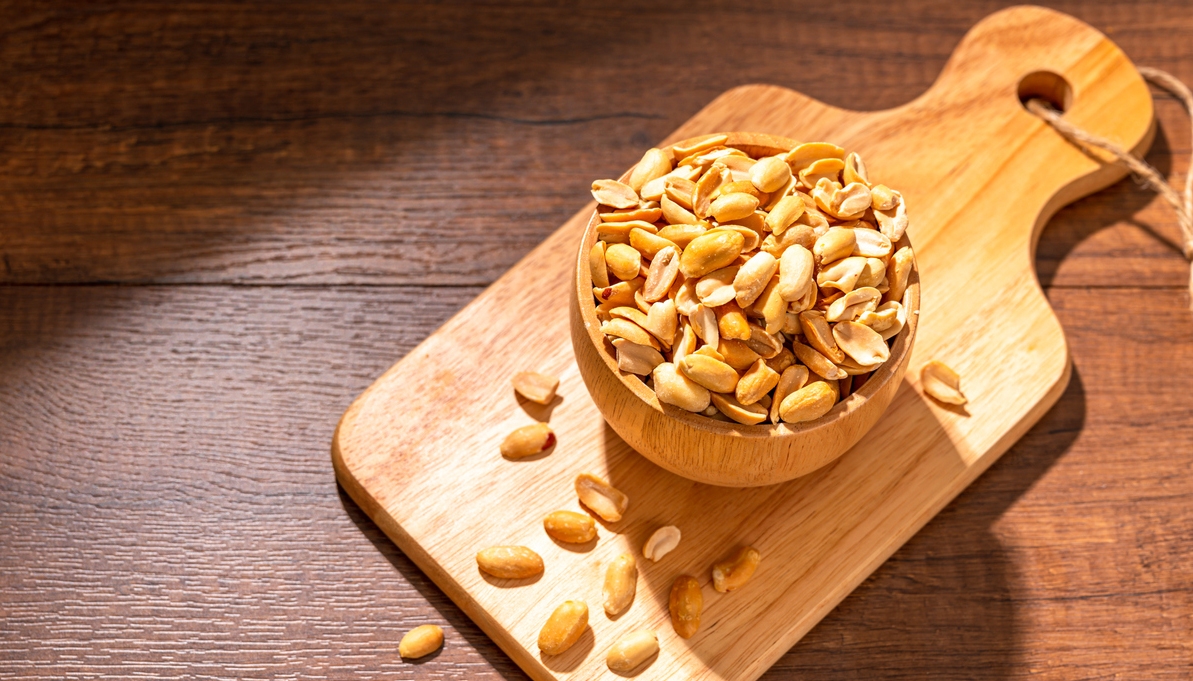
a bowl of nuts
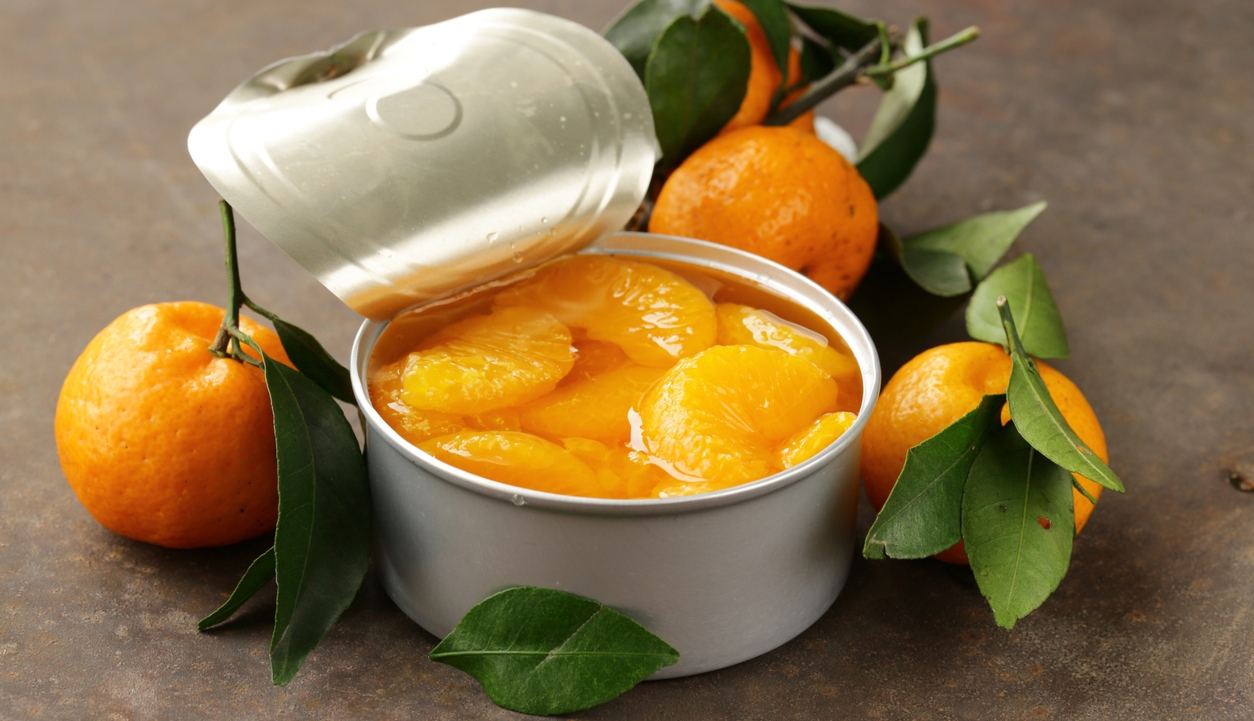
fresh and canned oranges
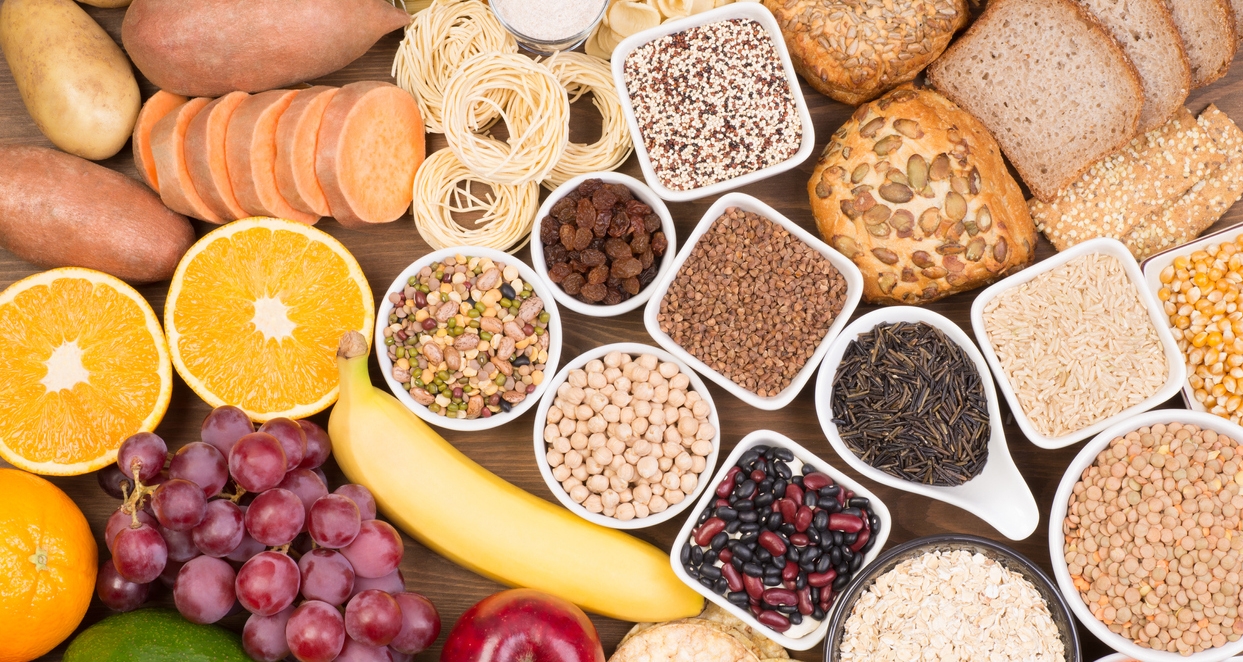
foods rich in carbs
When it comes to the foods that we eat daily and the treats that we love, there are lots of so-called facts that we’ve probably never thought to second-guess. It is quite easy to be misled into believing common food myths, from fad diets to old wives’ tales about food. However, just because a certain way of eating or food generates a specific result for one person does not mean it is a universal truth that all of us should apply to our nutrition habits. To help stop misinformation, we have gathered in this post food myths that you may have believed to be real, but that should be disproven once and for all.
Myth #1: Celery is a negative-calorie food. Eating it burns more calories than you take in.
There are several quick-fix weight-loss tips on the internet. One common recommendation is to consume “negative-calorie” foods like celery because you expend more energy than you take in as you eat and digest celery. However, there is no truth to this.
One of the most popular negative-calorie foods is celery because a large portion of its calories is contained in cellulose, a type of fiber that cannot be digested by humans. A medium-sized stem of celery only has 6 calories, which is a tiny amount of energy. But even then, the energy needed to digest what we can of that portion just requires a little bit more than one-half of a calorie.
The truth is that any type of negative-calorie nibbling, whether it includes celery or not, is just wishful thinking. Although they are plainly better for your caloric balance sheet than, for example, a candy bar or a Slim Jim, celery stalks are still worthwhile to chew. Just don’t anticipate them to be the magical green fiber cure-all for your diet. [1]
Myth #2: Coffee stunts your growth.
No, drinking coffee won’t stop you from growing. Genes have a major role in determining your height. To achieve your greatest height potential, good nutrition is also essential. However, caffeine is present in coffee. A cup or two of coffee each day is generally not harmful. But if you’re drinking more, you might want to cut back, especially if you’re also consuming caffeine from soda or energy drinks. This is due to the fact that excessive amounts of caffeine can result in agitation, anxiety, vertigo, migraines, and insomnia. [2]
Myth #3: American cheese is real cheese.
American cheese pertains to those pre-packaged and plastic-wrapped cheeses that you can purchase in supermarkets and use in making grilled cheese and burgers. At least legally speaking, they are not cheese. In order for a food item to be considered a true “cheese,” which is actually squeezed curds of milk, it must include more than 50% cheese, which the FDA refers to as “pasteurized processed American cheese food.” However, most American cheese, such as Kraft American single, has less than 51% curds. [3] But American cheese still contains cheese. In fact, it is made by using already-made cheese mixed with more salt, preservatives, and emulsifiers.
Myth #4: White chocolate is chocolate.
It is not true that white chocolate is chocolate. It’s because it does not contain cocoa particles. It is only made of cocoa butter mixed with sugar, mostly with a little vanilla added for extra flavoring. The distinctive flavoring agents present in chocolate, including phenylacetic acid, furfuryl alcohol, dimethyl sulfide, 2-methoxy-4-methyl phenol, and 1-methylnaphthalene, among 300 others, are generally lacking because it lacks cocoa. [4]
In addition to that, white chocolate also does not contain N-oleoyl ethanolamine and N-linoleoyl ethanolamide, which are the compounds responsible for the pleasure-giving effects of chocolate. These stimulate the same receptors in the brain as cannabinol, the active ingredient in marijuana. It’s no wonder that most people’s chocolate cravings are not satisfied by white chocolate. [4]
Myth #5: Dairy Queen soft serve is ice cream.
Within the confines of one of the most well-liked fast-food restaurants in America, there is a significant secret that is hidden in plain sight. Despite being the source of the fabled Blizzard, Dairy Queen doesn’t actually offer ice cream. Yes, you’ve read that right.
Technically, Dairy Queen does not sell ice cream if you refer to the regulations set by the Food and Drug Administration (FDA). Due to the tight FDA regulations, the well-known frozen delicacies from Dairy Queen cannot be categorized as ice cream. The chain instead uses the term “soft serve” because of this. Although this dessert discovery may come as a shock to you, Dairy Queen has acknowledged and celebrated it for all of its 75-year existence.
It has to do with how much milk fat is present. Dairy Queen’s soft serve simply does not meet the FDA’s definition of “ice cream,” which states that a product must have “not less than 10% milkfat, nor less than 10% nonfat milk solids.” [5]
Myth #6: French fries originated in France.
You would be mistaken to believe that the traditional fried potato meal is from France just because it is called “French fries.” The northeast neighbor of the nation, Belgium, is most likely where the crispy potatoes were first created.
Legend has it that it originated in Belgium during the winter of 1680 when the fried fish-loving locals of Namur had to discover another way to prepare food because the nearby river had frozen over. Even though some historians have questioned the veracity of this story, Belgium has remained steadfast in its claim that it was the country that first invented French fries. In 2017, Belgium successfully petitioned UNESCO to add the meal to Belgium’s list of cultural assets. [6]
Myth #7: Spam originated in Hawaii.
Hawaii residents truly enjoy Spam. The FAQ page of Spam has “Why are Spam products so popular in Hawaii” as one of the frequently asked questions. Their answer was that Spam was given to GIs during World War II and eventually incorporated into the local cuisine. The Hormel product, however, originated in Austin, Minnesota. At the present time, you may find eateries and neighborhood diners that serve food that contains canned, cooked pork at the Spam Museum. [7]
Myth #8: The multicolored loops in Froot Loops are different flavors.
One would assume that the various flavors of those rainbow loops would complement their hues. But, no! All of them have the same “froot” flavor. Froot Loops, Fruity Pebbles, and Trix all tasted the same to Food Beast’s blind taste testers, who came to the same conclusion that they “taste like mildly sweetened cardboard, with minor or no variations between them.” [7]
Myth #9: Honey expires.
Honey doesn’t go bad. The beneficial sweetener, which has a lot of antioxidants and antimicrobial proteins and enzymes, is good forever. Seriously. According to the National Honey Board, honey can be kept sealed in an airtight container for an endless amount of time, even if it crystallizes or gets darker with time. One example was in 2015 when honey pots were found in an Egyptian tomb that was 3,000 years old. The honey was still very much edible, so they might have added some to their tea straight away. [8]
Myth #10: Carbohydrates are bad.
Carbohydrates are not always bad, as the right type of carbs is essential for maintaining energy. You’ve probably heard that a low-carb diet is an easy method to shed pounds and improve your health. Despite the fact that certain carbohydrates are abundant in calories and have few health advantages, not all carbohydrates are the same. In fact, for optimal performance, your body requires the correct kind of carbohydrates.
For instance, while fruit and vegetables are nutritious meal options, they are also high in carbs. Your body benefits from fuel that gives it energy and enhances brain function when you substitute fiber-rich carbohydrates like sweet potatoes and whole-wheat bread and pasta for refined carbohydrates like white bread, white rice, and white pasta. [9]
Myth #11: Consuming carrots will give you good eyesight.
It is a fact that carrots are good for your health. However, even if you eat them in excess, you will not get 20/20 vision. Since World War II, when stories arose that pilots consumed large quantities of the vegetable to maintain their vision in peak condition, carrots have been the subject of this pervasive myth. However, the truth was that the fighter’s bionic eyesight was a product of modern technology. The legend hasn’t changed since then. Unless you have a severe vitamin A deficit, eating extra carrots won’t improve your vision. [10]
Myth #12: Avoid eating eggs as they are high in cholesterol.
It is not true that eggs are high in cholesterol. In actuality, eggs are a cheap source of a variety of nutrients, including zinc, iron, vitamin D, the antioxidants lutein and zeaxanthin, and the brain-booster choline. Don’t overdo it, though, as the science around eggs has been inconclusive at times over the years. According to the American Heart Association, a balanced diet can include one whole egg or two egg whites each day. By watching your intake of saturated fat, you can lower your cholesterol. [10]
Myth #13: Nuts are as bad as junk food.
Unlike junk foods, there are health benefits that you can get from eating nuts. They are great providers of protein and other nutrients, provided that portions are limited to a handful. According to 2017 research published in Diabetes & Metabolism, eating nuts more than four times per week lowers the chance of acquiring type 2 diabetes compared to eating them less frequently. [10]
Myth #14: You will sleep better after a nightcap.
Many people will drink alcohol because of its supposedly beneficial effects on sleep. However, it is only a myth and may result in worse health effects. The truth is that, even in healthy people, consuming alcohol before bed may cause sleep disruption and increase wakefulness, according to a 2019 study published in Current Opinion in Psychology. [10]
Myth #15: All carbonated drinks are bad for you.
You can quench your thirst without endangering your health by drinking sodium-free seltzer with a wedge of lemon or lime. This means that not all carbonated drinks are bad for you. Contrarily, excessive soda intake can lead to health issues like tooth decay, high blood pressure, and weight gain, according to the Center for Science in the Public Interest. [10]
Myth #16: Spicy food can give you an ulcer.
If you don’t like eating spicy foods as you believe they can give you an ulcer, that belief is wrong. Ulcers are not triggered by spicy meals. The majority of ulcers are currently thought to be brought on by a particular strain of bacteria called Helicobacter pylori, with the exception of those brought on by some drugs like aspirin. Spices may make these issues worse, leading some individuals to feel wrong that spices are to blame for ulcers. [10]
Myth #17: Red wine is the only healthy type of alcohol.
It is not true that red wine is the only type of alcohol that can be beneficial for health. It’s because the ingredients that make alcohol are responsible for raising the levels of protective HDL or good cholesterol. These also help reduce clotting factors that contribute to heart attack and stroke. Therefore, in moderation, beer, wine, and spirits may all make for a healthier heart, based on research. [10]
Myth #18: Figs are fruits.
Figs may be a pleasant addition to anything, including yogurt, pizza, and salads, and they are a great source of vitamins. Figs, however, are not actually fruits. According to The Atlantic, they are, in fact, a collection of upside-down flowers and seeds that are pollinated by small wasps. [7]
Myth #19: Farmed salmon is pink.
Eating krill and shrimp gives wild salmon their pink coloring. Farmers frequently add colored substances to the food they feed farmed salmon in order to give them the same pink color as wild salmon. However, farmed salmon would normally be white or gray due to a lack of natural pigment. [7]
Myth #20: Frozen and canned fruits and vegetables are less nutritious than fresh ones.
Most of us believe that fresh fruits and vegetables are more nutritious compared to the frozen and canned varieties the instant they are picked. The things you find in the produce department, however, have usually traveled a significant distance from the farm or orchard, frequently taking days or even weeks to do so. Fresh fruit and vegetables lose nutrients during transportation and storage due to the release of natural enzymes. Food processors, in contrast, quickly freeze freshly gathered produce, preserving a large portion of its vitamin and mineral content. [10]
Conclusion
Now that you know the facts behind these food myths, you can also begin spreading the facts to stop the misconceptions. You can now also relax the next time you see the honey in your pantry that is way past its expiration date. Remember that the key to living a healthy lifestyle is to eat a balanced diet, engage in regular exercise, get enough sleep, and avoid the foods and drinks that are bad for your health. We hope this post helped you learn more about the popular food myths and the truth behind them.
References
[1] Soniak, M. (2012, October 4). Does eating celery really result in negative calories? Mental Floss. Retrieved August 18, 2022, from https://www.mentalfloss.com/article/31498/does-eating-celery-really-result-negative-calories
[2] KidsHealth®, E. (2022). Does coffee stunt your growth? Home – Johns Hopkins All Children’s Hospital. Retrieved August 18, 2022, from https://www.hopkinsallchildrens.org/Patients-Families/Health-Library/HealthDocNew/Does-Coffee-Stunt-Your-Growth
[3] Kumer, E. B. (2022, March 1). What are Kraft Singles and velveeta really made of? Taste of Home. Retrieved August 18, 2022, from https://www.tasteofhome.com/article/what-is-american-cheese-is-american-real-cheese/
[4] Schwarcz PhD, J. (2017, July 19). What’s the difference between White Chocolate and brown chocolate? Office for Science and Society. Retrieved August 18, 2022, from https://www.mcgill.ca/oss/article/food-you-asked/whats-difference-between-white-chocolate-and-brown-chocolate
[5] Glass, J. (2020, February 4). That frozen treat from the dairy queen? not really ice cream. HowStuffWorks. Retrieved August 18, 2022, from https://recipes.howstuffworks.com/dairy-queen-ice-cream.htm
[6] Rothman, L. (2022, January 24). The origin of French fries might surprise you. TastingTable.com. Retrieved August 18, 2022, from https://www.tastingtable.com/740270/the-origin-of-french-fries-might-surprise-you/
[7] Anas, B. (2021, May 4). 33 food myths that just aren’t true. Eat This Not That. Retrieved August 18, 2022, from https://www.eatthis.com/food-myths/
[8] Firman Tehrene Firman, T. (2020, April 15). Does honey expire? here’s what you should know about the pantry staple. Well+Good. Retrieved August 18, 2022, from https://www.wellandgood.com/does-honey-expire/
[9] Strom, K. (2021, April 23). 7-popular-food-myths-the-truth-you-should-know. 7 popular food myths The truth you should know. Retrieved August 18, 2022, from https://www.medstarhealth.org/blog/7-popular-food-myths-the-truth-you-should-know
[10] Gelman, L. (2022, July 1). Healthy eating: 21 food myths you still think are true. Healthy. Retrieved August 18, 2022, from https://www.thehealthy.com/food/common-food-myths/


